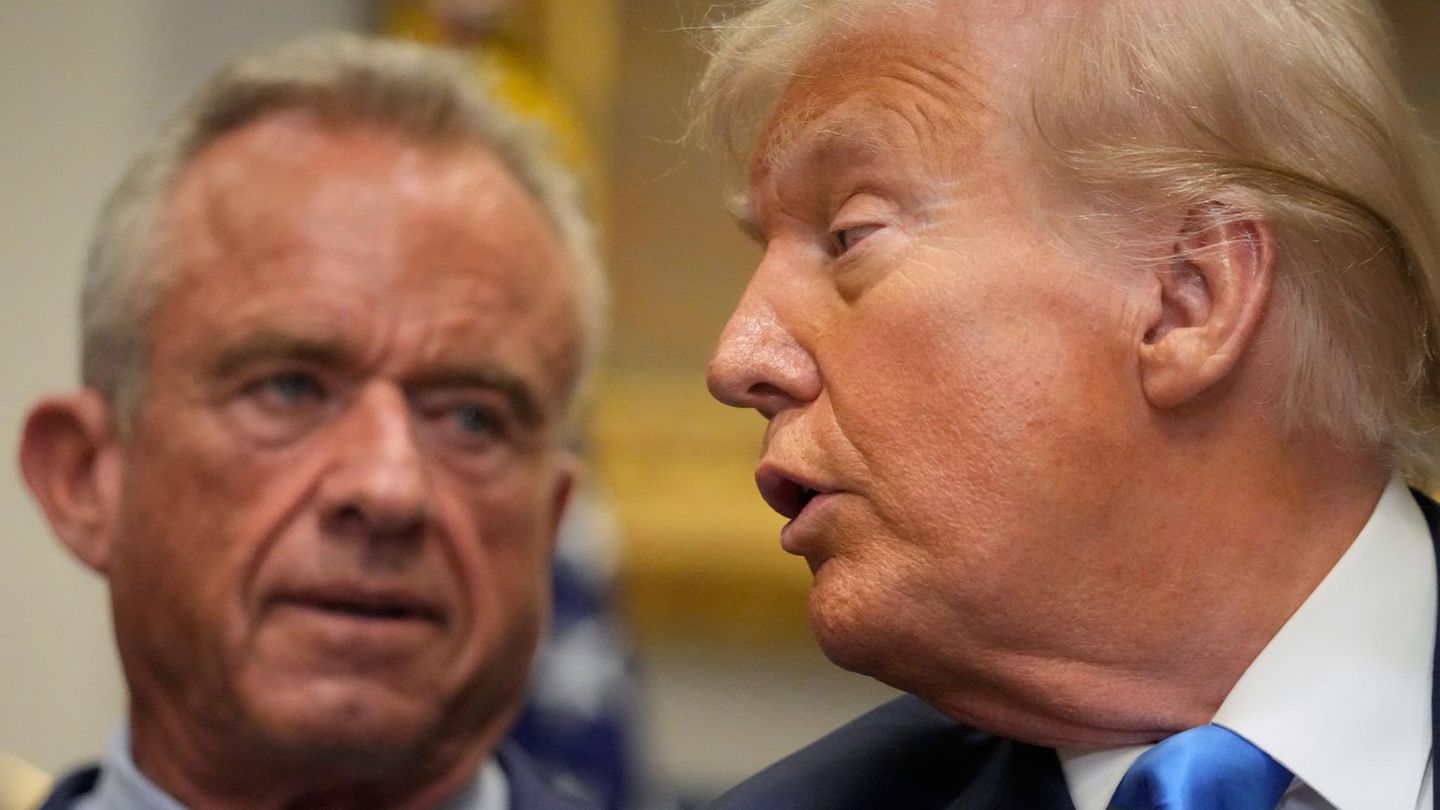Johnson & Johnson, meanwhile, will separate its consumer products from the rest of the company, which will mainly bring together medical equipment and drugs, including vaccines, to make a new company listed on the stock market.
“This illustrates a trend that has been underway for more than 20 years and is pushing companies to focus on a single market,” says Michael Useem, a Wharton University professor and specialist in industrial restructuring.
This series of ads “It highlights the fact that the diversified conglomerate, even if it held a huge place in American economic history, is on the way to extinction.”
Last week DuPont, already independent since the 2019 spin-off of the giant DowDupont, also announced a strategic shift and the group’s exit from a portfolio of industrial products.
For Gregori Volokhine, a portfolio manager at Meeschaert Financial Services, at GE, as at IBM, which listed Kyndryl last week, deconstruction is an opportunity to separate the chaff from the wheat.
“For a long time, General Electric always had a black sheep” Among its activities, in this case energy, after having been affected by financial services after the 2008 crisis. Since then, “all the other branches suffered, in terms of valorization but also of obtaining” resources.
By extension, many of these old conglomerates see their stock prices stagnant, argues Michael Useem, for whom there is a kind of penalty to diversification.
Analysts and investors sometimes have difficulty understanding the group in its complexity and “evaluating its future results,” he said. Furthermore, it is better to divide of your own free will, with your own strategy, “rather than being pushed by activist shareholders,” says Volokhine.
Not all clusters that break up have problems. “J&J is a beautiful company,” recalls Jim Osman, director of the consulting firm The Edge and specialist in “spin-off” (separation of a part from a whole). “There is no good and bad activity” within the group, he insists. “There are two good branches that (managers) consider that they can shine alone.”
For this specialist, the sequence is linked to the evolution of Wall Street, which has been going from record to record since the beginning of the year.
“Companies try to create value with spin-offs when we are close to market highs,” he explained. “It’s normal. You can’t boost growth” in the stock further without affecting the very structure of the company, he added.
Although the examples have multiplied recently, “the division of large companies is not strictly necessary”says Howard Yu, a teacher at the IMD school in Lausanne, Switzerland. Some, like the American Honeywell, are well positioned and well regarded by investors.
Amazon, for example, is present in the cloud, grocery stores, online commerce, and video and audio content, all different a priori domains. The firm sees, and with it investors, “the benefit of complementarity, which reinforces every element of the ecosystem,” according to Howard Yu.
But for Useem, the market could soon ask the tech giants, Amazon or Google (Alphabet) among others, to split.
“Waymo could be worth $ 100 billion,” Gregori Volokhine pitched of Alphabet’s autonomous vehicle subsidiary. “Even for Google, it’s a lot of money.”
Source From: Ambito
David William is a talented author who has made a name for himself in the world of writing. He is a professional author who writes on a wide range of topics, from general interest to opinion news. David is currently working as a writer at 24 hours worlds where he brings his unique perspective and in-depth research to his articles, making them both informative and engaging.




